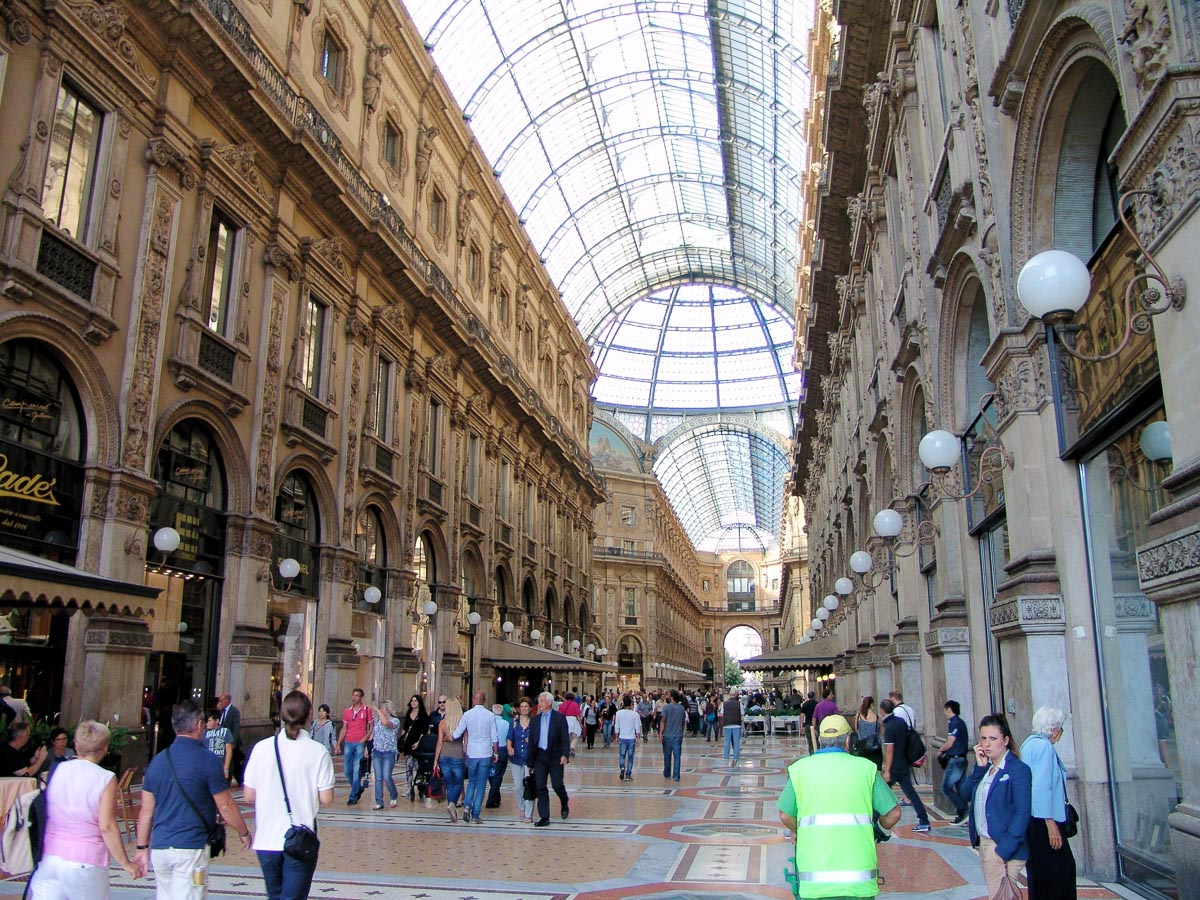What makes a great city? The answer is easy, says renowned urban planner Alex Garvin. The public realm.
"Streets, squares, parks," Garvin said, explaining what he meant at a lecture in Houston last week. "It's what belongs to us."
Garvin's new book, What Makes a Great City is a guide (not a question), featuring iconic public plazas, green spaces, boulevards and other areas that have inspired Garvin over the years.
Garvin's ideas are worth paying attention to, given his illustrious career creating beautiful spaces. He helped plan Atlanta's iconic BeltLine of urban parks around the city. In New York, he oversaw planning for the city's 2012 Olympic bid, which paved the way for new parks along the city's waterfront.
Today, he argues, three cities in particular -- Minneapolis, Madrid and London -- are the leading examples of creating amazing spaces in the public realm. But Garvin, who spoke at a Kinder Institute lecture last week, argued that those amazing spaces don't come out of nowhere. Each of them, he said, has six specific characteristics. And any other effort by lawmakers or advocates to create amazing spaces in their own communities would be wise to ensure their projects uphold those six tenets too.
1. It must be open to anyone.
The easy example of this is a public park, but plazas, some offices and even subways fit the bill. One of Garvin's favorite examples is the Plaza Mayor in Salamanca, Spain. "People come to the Plaza Mayor from all over Salamanca because it is overwhelmingly identifiable, accessible, safe and easy to use," Garvin writes in his book. "It accommodates people of different goals, backgrounds, and reasons to be there."
2. It has something for everybody.
One of Garvin's favorite public spaces is New York City's Bryant Park. In addition to shops selling crafts and art, it has a restaurant, a cafe, an ice skating rink in the winter and a summer movie program. No matter what you're looking for, Garvin says, you can probably find it at Bryant Park.
3. It can attract and maintain demand.
An attractive place will draw people from near and far away, Garvin writes. "Urbanization starts when property owners initiate development," Garvin said.
In the 1950s, retail shops along Vienna's Kärntner Straße were losing business, as customers lost interest in the noisy, polluted area dominated by cars. Retail opportunities expanded and even more customers arrived once the city cut off the street from vehicular traffic and turned it into an open-air pedestrian mall. The technique has turned the street into one of Vienna's leading destinations.
4. It needs a framework for urbanization, to allow for surrounding development.
In St. Petersburg, streets were aligned so that they'd lead to to the city's Admiralty building, which is one of the city's most conspicuous landmarks. It provides a useful framework for pedestrians. "In a great city, once people arrive at their destination, they must be able to orient themselves and then get to the other places they wish to visit.... stop along the way ... and move around easily throughout the public realm," Garvin writes.
In St. Petersburg's case, the Admiralty building supports both a symbolic and actual link to the West via its access along the Neva River; the city quickly grew outwards from that point.
5. It needs to be a sustainable, livable environment.
By this, Garvin means, great places are designed for people, taking into account all their human needs. That means they have fresh air, a lack of noise and trash, and plenty of shade, if necessary.
In his book, he touts the San Antonio River Walk as a prime example of those principles in action. Originally, it was the result of a flood mitigation effort by the city in the early 20th century that today has evolved into the state's most popular tourist attraction. "This ... demonstrates that though many conceptualize environmental remediation as opposed to economic development, improving the public realm can unite the two," Garvin writes.
6. It needs to nurture a civil society.
Cities can be chaotic places, but somehow, great public spaces seem to bring out the best in people. Or maybe it's the other way around: when people act gallantly, they can create amazing spaces. Either way, amazing public spaces are taken care of by the people and businesses who use them, and the governments responsible for overseeing them. And those who use the space are respectful.
For this example, Garvin is partial to New York's Grand Central Terminal. "Miraculously, hundreds of people rush around the great hall of Grand Central, only rarely bumping into one another or getting into an argument or fight," he writes.
And -- though he doesn't include it in his list of six rules -- there's another thing any city should keep in mind: great projects require lots of resources. "If you want to have a great city, you have to work at it," Garvin said. "It isn't done cheaply."

